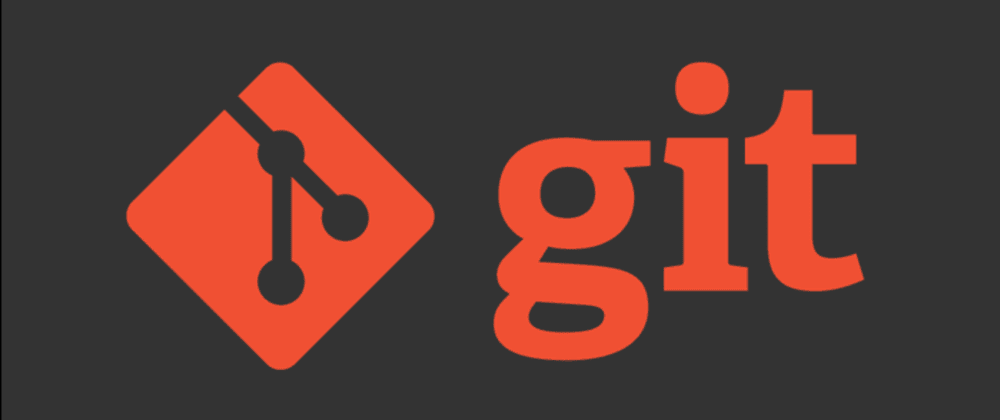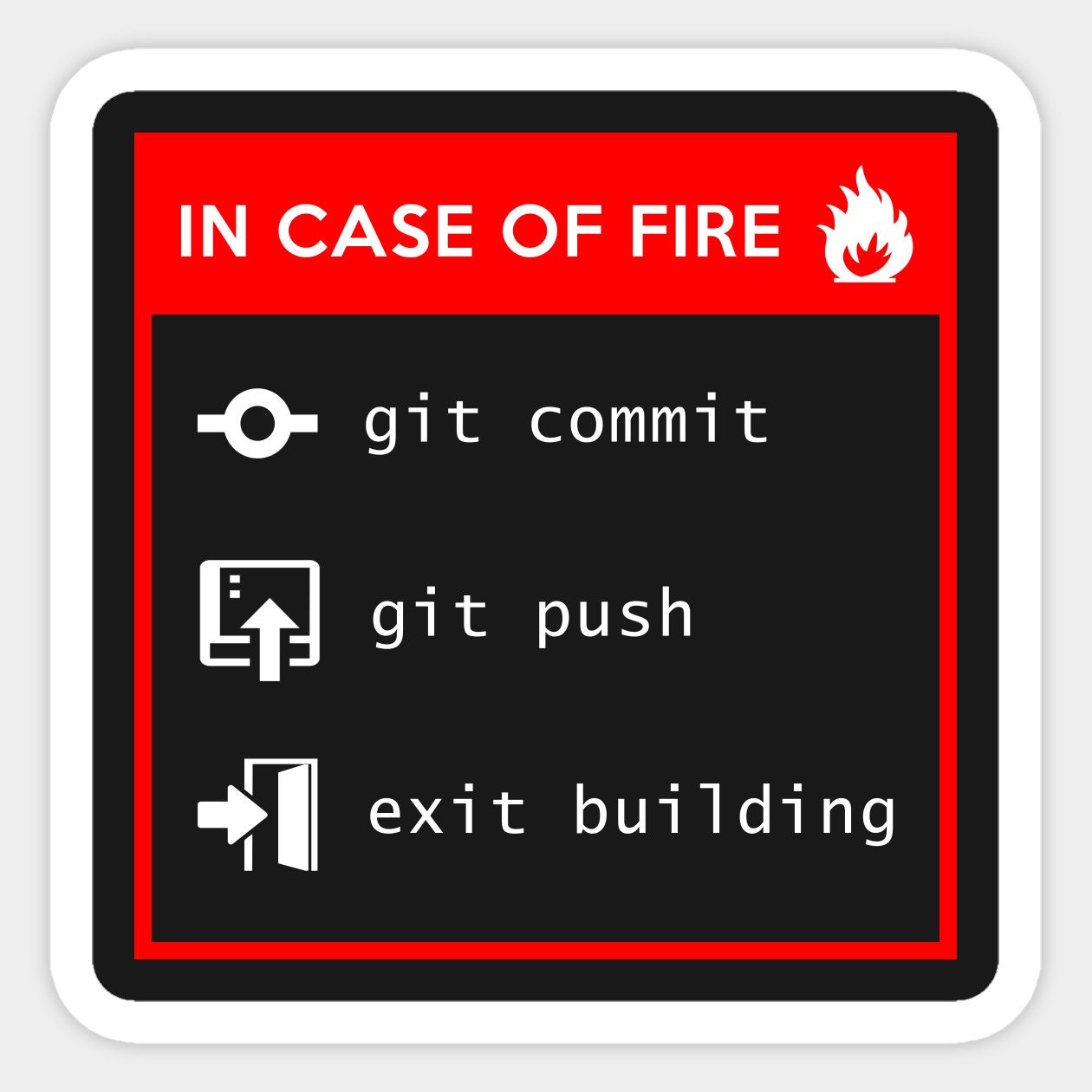Certainly! Here's a comprehensive guide on mastering Git:
 Keshav Kumar
Keshav Kumar
Introduction:
Briefly explain the importance of version control in software development.
Highlight the benefits of using Git for version control and collaboration.
Getting Started with Git:
Install Git: Provide step-by-step instructions for installing Git on different platforms.
Configure Git: Guide readers through the initial setup, including name, email, and default settings.
Git Basics:
Initialize a Repository: Explain how to create a new Git repository or clone an existing one.
Git Workflow: Introduce the basic Git workflow, including staging changes and committing.
Branching: Explain the concept of branches and their usage for parallel development.
Working with Branches:
Create and Switch Branches: Demonstrate how to create new branches and switch between them.
Merge Branches: Explain different merging strategies, such as fast-forward and merge commits.
Resolve Conflicts: Guide on handling conflicts during branch merges.
Collaborating with Git:
Remote Repositories: Show how to connect a local repository to remote repositories (e.g., GitHub, GitLab).
Push and Pull: Explain how to push local changes to a remote repository and pull updates from it.
Forks and Pull Requests: Introduce the concept of forking repositories and creating pull requests for collaborative development.
Advanced Git Techniques:
Rebasing: Explain how to rebase branches to incorporate changes from other branches.
Cherry-picking: Demonstrate how to apply specific commits to another branch.
Git Aliases: Show how to create custom Git aliases for frequently used commands.
Git Best Practices:
Committing Best Practices: Share guidelines for writing descriptive commit messages and making atomic commits.
Branching Strategies: Discuss popular branching models like Gitflow and suggest best practices for branch management.
Repository Organization: Provide tips on structuring repositories for clarity and maintainability.
Troubleshooting and Maintenance:
Common Issues: Address common problems, such as undoing commits, recovering lost commits, and fixing mistakes.
Git Maintenance: Offer guidance on repository cleanup, optimizing performance, and managing large files.
Conclusion:
Recap the key concepts and techniques covered in the guide.
Encourage readers to continue exploring advanced Git topics and incorporating best practices into their workflows.
Remember to structure the guide logically, provide code examples, and use clear language to ensure readers can easily follow along.

Subscribe to my newsletter
Read articles from Keshav Kumar directly inside your inbox. Subscribe to the newsletter, and don't miss out.
Written by

Keshav Kumar
Keshav Kumar
Tech Writer | Open Source